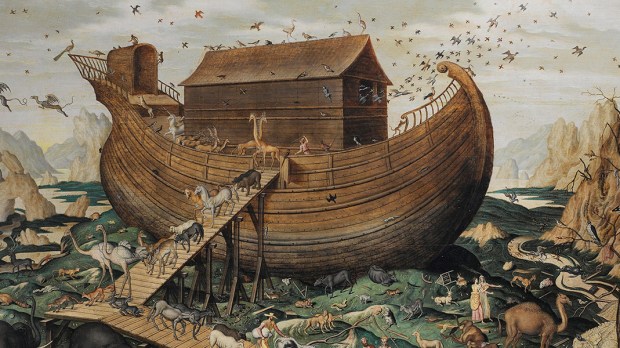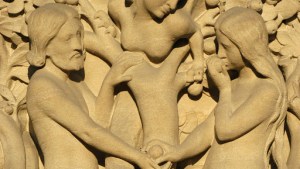Geographer Patrick Nunn and the historian Margaret Cook, at the University of the Sunshine Coast in Australia, have proposed in a recent paper that Indigenous legends from northern Europe and Australia describing cataclysmic floodingcapture historical sea-level risings that actually happened in the dawn of human history.
Scholars of oral history often refer to these stories as “legends of the earth,” “landscape mythology” or, more succinctly, geomyths.
Chris Baraniuk’s article for The Atlantic explains how geomyths present and preserve the memory of these historical events while also offering a glimpse into the inner lives of those who were there. Baraniuk quotes Tim Burbery, an expert on geomyths at Marshall University in West Virginia, who explains that “these are stories based in trauma, based in catastrophe.”
In the paper, Nunn and Cook gathered and analyzed 32 different groups of stories from Indigenous communities around the coast of Australia that seem to refer to geological changes along shorelines. Their research explains that “many such stories recall times, often millennia ago, when sea level in the aftermath of the Last Glaciation (last ice age) was rising and transforming coastal landscapes and their human uses in exactly the ways these stories describe,” and argue that “the possibility that these may have arisen from eyewitness accounts of these transformative processes, hitherto thought to be understandable only by scientific (palaeoenvironmental) reconstructions, should encourage more systematic investigations of such stories by scientists.”
Nunn and Cook’s research also argues that “science has traditionally underestimated the capacity of oral (pre-literate) cultures to acquire, encode and sustain their observations of memorable events with a high degree of replication fidelity.”
Chris Baraniuk’s article for The Atlantic also quotes Jo Brendryen, a paleoclimatologist at the University of Bergen in Norway, who has studied the effects of deglaciation in Europe after the last ice age, and maintains that “the idea that traditional oral histories preserve real accounts of sea-level rise is perfectly plausible […] During the last ice age,” he says, “the sudden melting of ice sheets induced catastrophic events […] which caused sudden and extreme sea-level rise. Along some coastlines in Europe, the ocean may have risen as much as 10 meters in just 200 years. At such a pace, it would have been noticeable to people across just a few human generations.”
“These stories are anecdotes, but enough anecdotes makes for data,” Brendryen told Baraniuk. “By systematically collecting these kinds of memories or stories, I think you can learn something.”
You can read Baraniuk’s article here.



